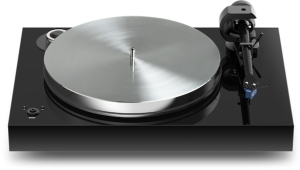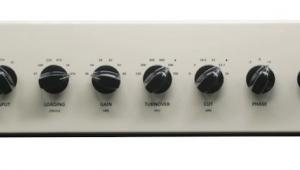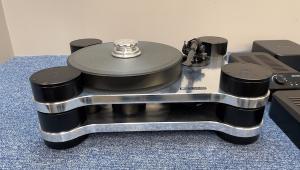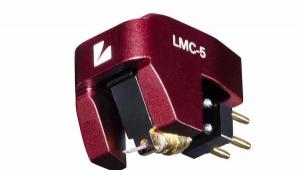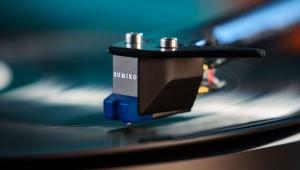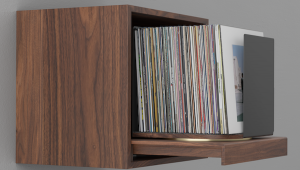Moonriver Audio 505 MM/MC Hybrid Phono Preamp
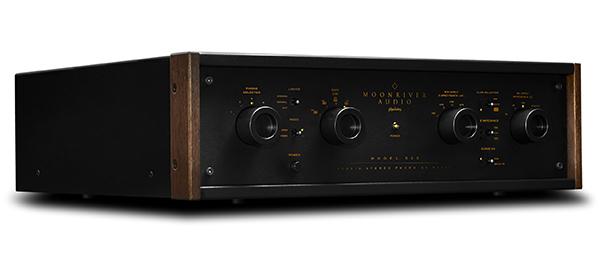
We only got a brief sneak peek at Moonriver Audio’s cool new 505 MM/MC hybrid phono preamp in action at Munich High End 2023 back in May — more specifically, it was part of a top-shelf demo system comprising a Takumi TT Level 3.1 turntable, Moonriver 404 integrated amps, Aretai speakers, and Viablue cables in Halle 4 R10 (a.k.a. Hall 4, Booth 10) — but now it’s time to take a much closer look at it now that it’s officially on the market.
In case you were wondering and/or had a hunch about the company’s origin story, Moonriver is indeed named after the Henry Mancini/Johnny Mercer song of the same name, and all their products are designed, made, and hand-assembled in Sweden. (Moonriver is based in Malmö.)
Now that you know some Moonriver history, let’s get back to the 505. Designed with “audiophiles, record collectors, and vinyl freaks in mind” (their well-chosen words), the 505 phono preamp offers four inputs and supports adjustments “on the fly” with dedicated knobs and switches to match either/both MC or MM cartridge options without the need to switch the unit off, remove the cover, switch it on again, and wait for it to warm up.

According to Moonriver, the hybrid design of the 505 “combines the use of ICs and discrete solid-state circuits to form an ideal, high-performance and ultra-low noise circuit.” The company’s product design philosophy hinges on the idea that “the soul of the music is in the midrange . . . where most of the emotion, the passion, [and] the joie de vivre is contained.” Technically speaking, Moonriver feels that mid-oriented statement translates between 200 to 4,000Hz.
The 505 contains six separated power supplies, including 70,000uf total capacitance, and in dual mono operation. Each stage has its own power supply, including a linear discrete regulator circuit and a discrete noise-rejection circuit.
Using ultra-low-noise active gain stages, the Moonriver 505 is said to deliver a maximum gain of 72dB (x4k) in the MC setting. The MM and MC settings use different input stages with different op amps specifically chosen for each one. All setting functions are performed with air-sealed, extremely low-impedance relays.
A microcontroller controls all functions and “ensures an entirely silent operation.” Every setting change is stored automatically for each of the four inputs. Each time the user changes the input, the last chosen settings are recalled automatically. Moonriver further notes that you can connect four MC cartridges, four MM cartridges, two MC and two MM carts, three MM and one MC cart, et al — in effect, every combination is possible with different settings for every input.

Moonriver Audio’s 505 phono preamp has an SRP of €4,990 or $5,270 U.S., given the current exchange rate at the time of this posting.
For more about Moonriver Audio, go here.
To find an authorized Moonriver Audio distributor, go here.
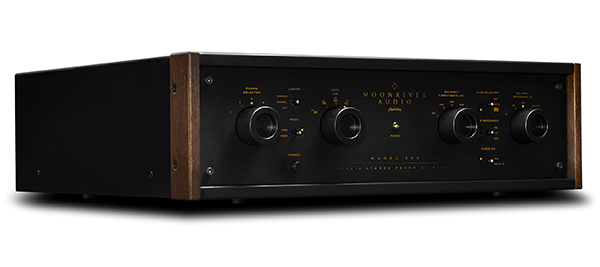
MOONRIVER AUDIO 505
MM/MC HYBRID PHONO PREAMP
(€4,990, or $5,270 U.S.)
Specs & Features
Minimum gain: 34dB
Maximum gain: 72dB
Capacitance: 100, 220, 330, 470, 680pF
MC load impedance: 10, 47, 100, 470, 1KΩ, and custom
MM load impedance: 22K, 47K, 75KΩ
Stereo/mono options
De-emphasis curve: RIAA, and Decca or Columbia (for 78s)
XLR and RCA inputs and outputs
Separate shielding for the transformer and gain stages
Auto mute
Dimensions: 430 x 135 x 390mm (w/h/d)
Weight: 12kg



